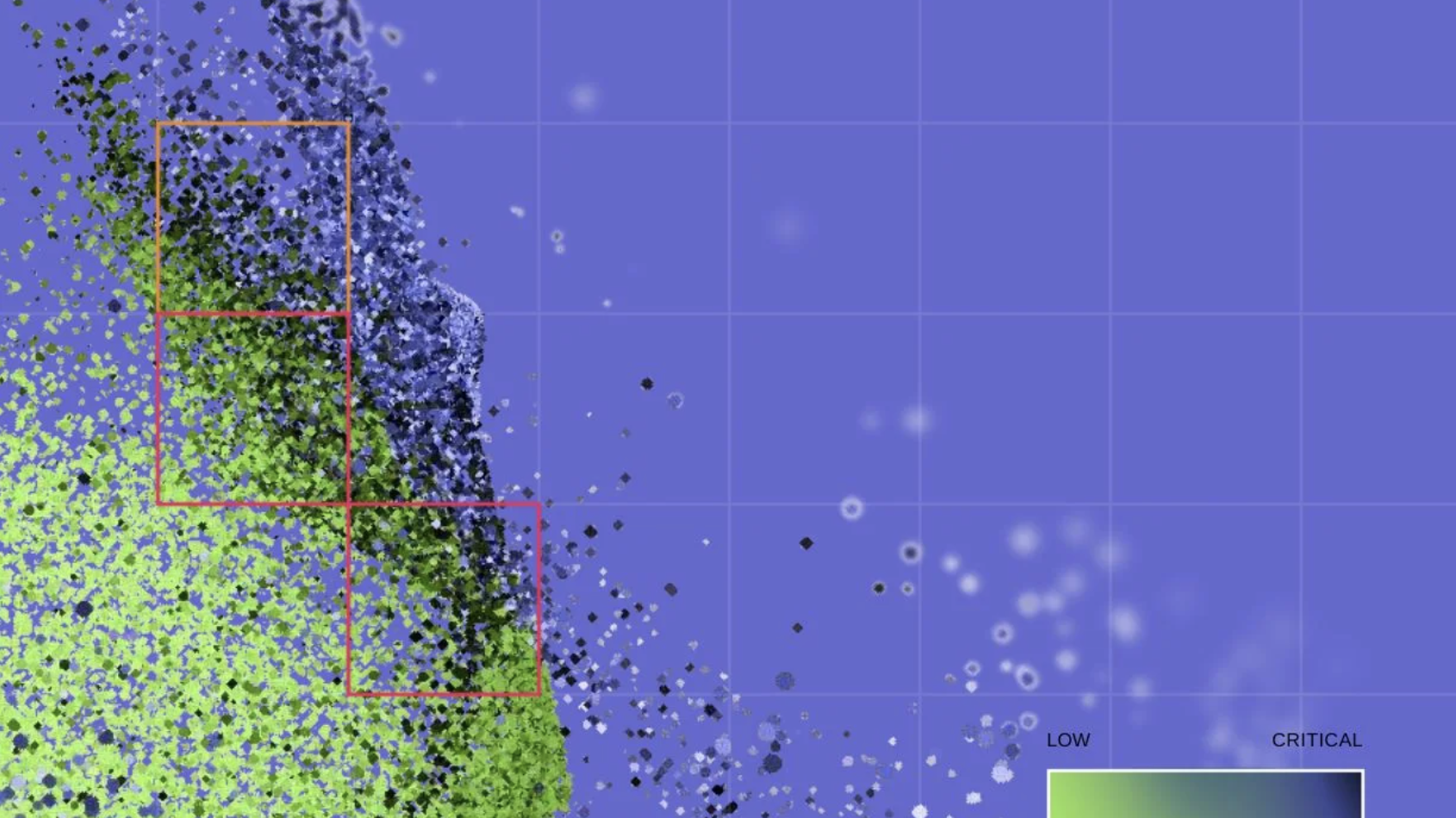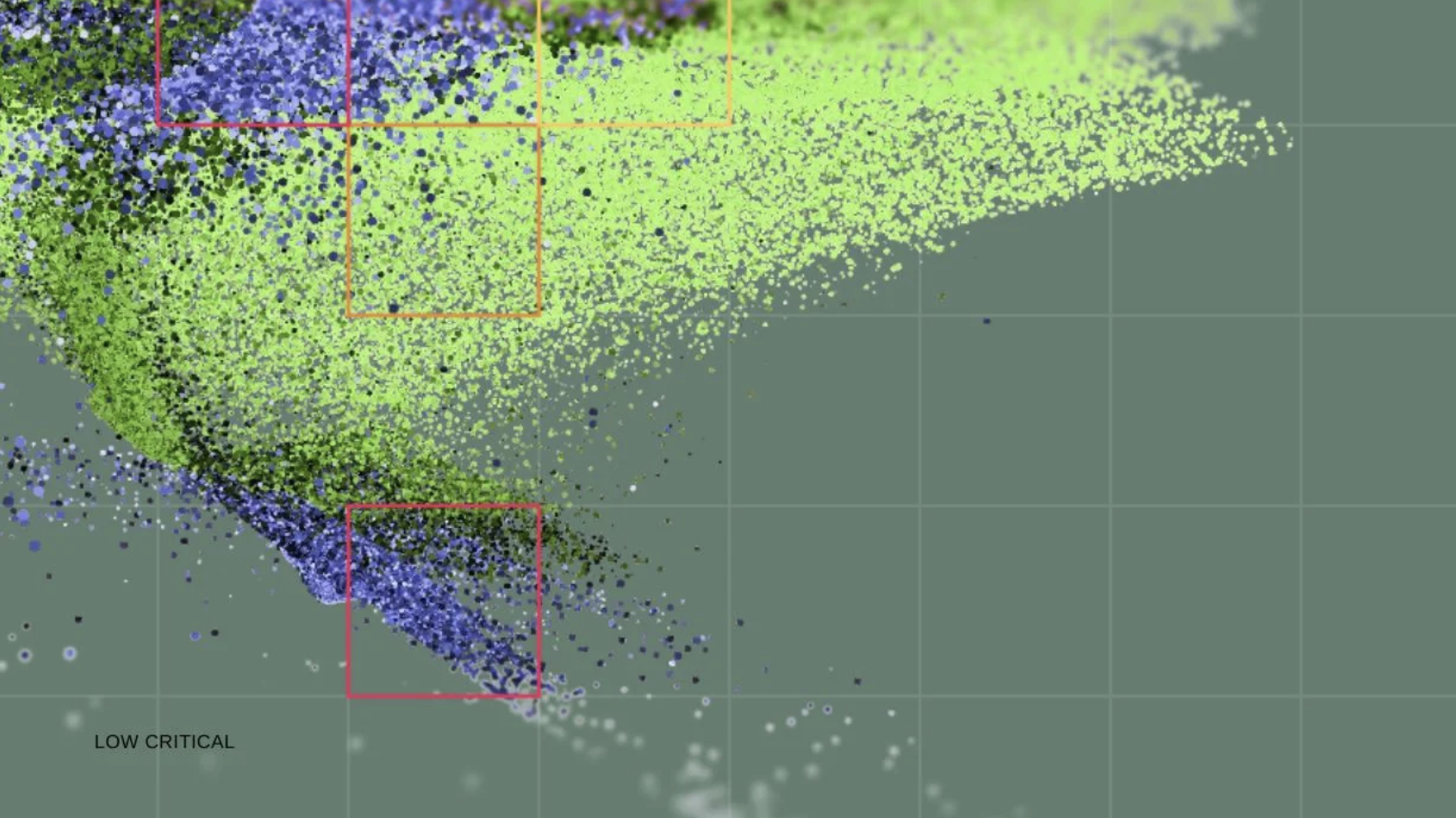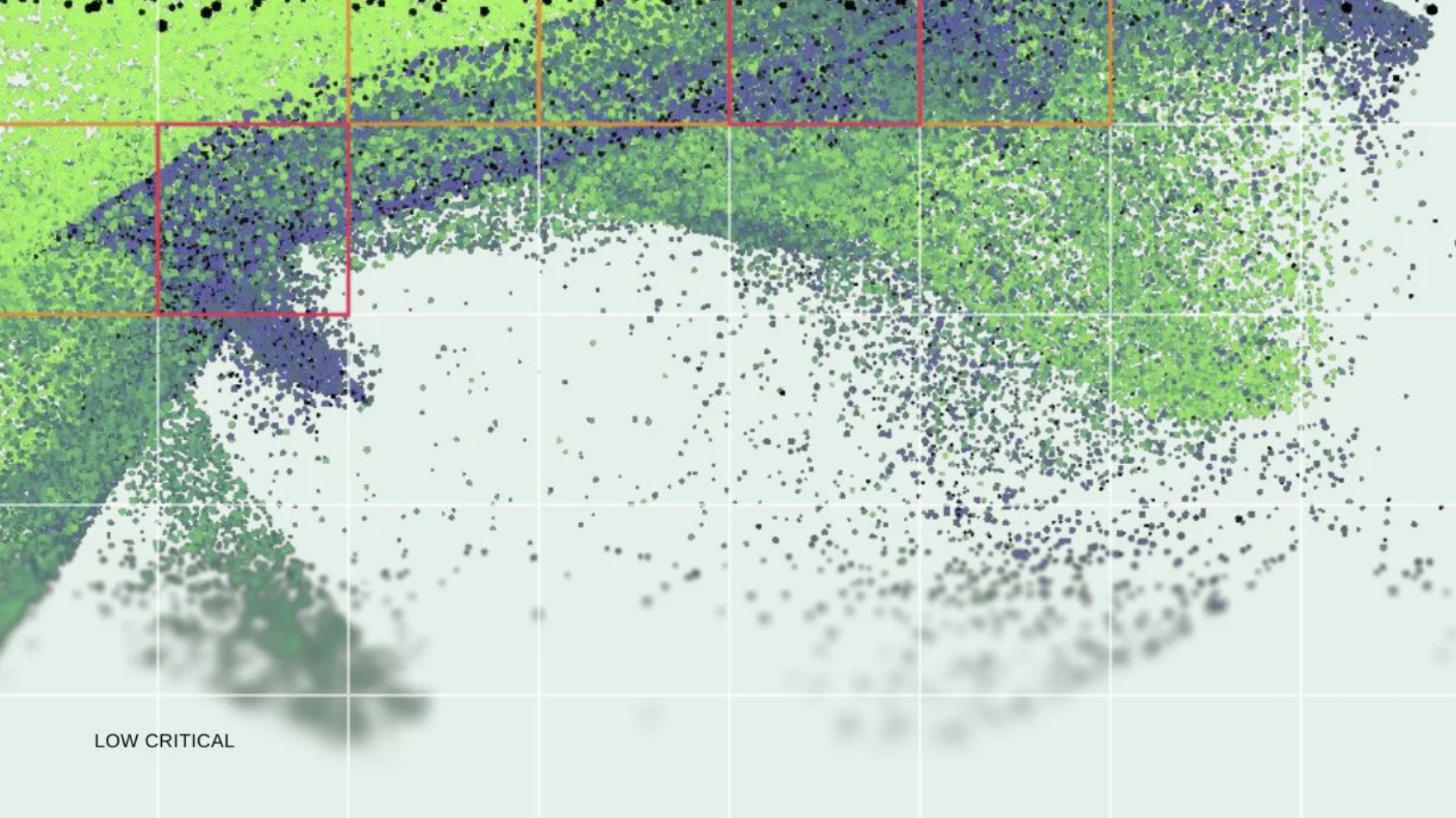The Challenge: Keeping Critical Assets Running Without Disruptions
Unplanned downtime is a nightmare for industrial operations, costing millions in lost production, emergency repairs, and wasted resources. But keeping assets healthy isn’t just about fixing failures—it’s about predicting and preventing them before they happen. The biggest obstacles are:
1. Massive data volumes with no real-time insights
Industrial equipment generates enormous amounts of sensor data, but traditional systems, like data historians, can’t process it fast enough for real-time monitoring. Hardware-built software platforms require specific sensors, locking manufacturers into costly vendors with difficult-to-scale solutions.
2. Inefficient processes slow down maintenance efforts
Data engineers waste valuable time manually handling tasks like feature engineering, data joining, and interpolation, leaving little room for optimizing predictive models.
3. Unexpected failures due to limited monitoring and alerts
Without real-time insights and automated alerts, teams are forced into reactive maintenance, struggling to identify potential failures before they disrupt operations.
● The Quasar Experience
From Failure Response
to Failure Prevention
Imagine anticipating a bearing failure before it causes a shutdown. Picture a world where your team doesn’t sift through outdated reports but receives real-time insights, automated alerts, and accurate forecasts on when and why equipment might fail. With Quasar, that’s the new standard:
Instant visibility with unmatched data ingestion and processing
Quasar processes massive volumes of sensor data, including full waveform and array data, providing real-time insights that outperform traditional data historians.
Predictive maintenance that works
Develop predictive maintenance models with SAS Viya to detect issues before they occur. Quasar eliminates data engineering limitations, allowing teams to focus on optimizing maintenance schedules and reducing downtime.
Lower costs, stronger performance, and better ROI
Quasar’s compression engine slashes cloud costs while reducing downtime and improving asset health, making it a project that saves money instead of adding to the budget.
● Resources
Learn more about how real-time data intelligence platforms can help you find opportunities in your data now

Whitepaper
Beneath the Surface: A Deep Dive into Quasar’s Real-Time Data Intelligence Platform (Part 3)

Whitepaper
Beneath the Surface: A Deep Dive into Quasar’s Real-Time Data Intelligence Platform (Part 2)

Whitepaper
Beneath the Surface: A Deep Dive into Quasar’s Real-Time Data Intelligence Platform (Part 1)
© 2025 QuasarDB SAS. All Rights Reserved.
